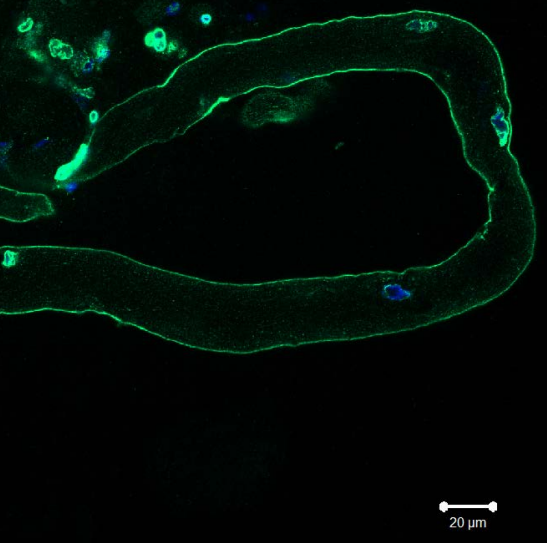Posted by Gregory J Block MSc PhD on May 3, 2015

Much of what we know about DUX4 and its associated toxicity comes from cultured cells from FSHD patients. We basically take cells from a biopsy, grow them on a dish, and learn something about DUX4. DUX4 is a pretty toxic molecule. Most cell types that you introduce it to are horrified by its presence and they undergo cell death. However, there are major discrepancies, and a serious lack of consensus for how DUX4 actually kills muscle in a patient with FSHD. Part of this stems from the fact that DUX4 in a patient is incredibly difficult to find. In fact, in most cell cultures of FSHD muscle, DUX4 is not very easy to detect. How could such a little bit of a bad protein cause such big problems? Whereas it’s easy to imagine how a lot of the protein can cause problems – we know that it does – it’s more difficult to understand how trickles or bursts of the protein cause irreparable muscle damage.
Dr. Bloch has been developing an animal model of FSHD using myoblasts from patients. Here, he takes these FSHD muscle precursor cells (that have been modified so that they divide rapidly) and he implants them into the muscle of a mouse that has been damaged by radiation and chemicals.
The engraftment he sees is amazing. These mice have muscle that is mostly made up of human cells. This is obviously a model we’ll want to use for drug discovery at some point, but for now Dr. Bloch is proposing to do something a little bit out of the box.
Dr. Bloch proposed to isolate complete human myofibers from the mice. In mice, the ability to isolate a single muscle fiber from an intact muscle has taught us a great deal about the biology of skeletal muscle. There are some fundamental questions we can ask here. What rate is DUX4 activated in the muscle fibers? What percentage of muscle fibers make DUX4? What defects arise? The studies may ultimately inform how we pursue the analysis of DUX4 and its associated toxicity in human. This will then directly inform how we go about treating the disease.





Connect with us on social media